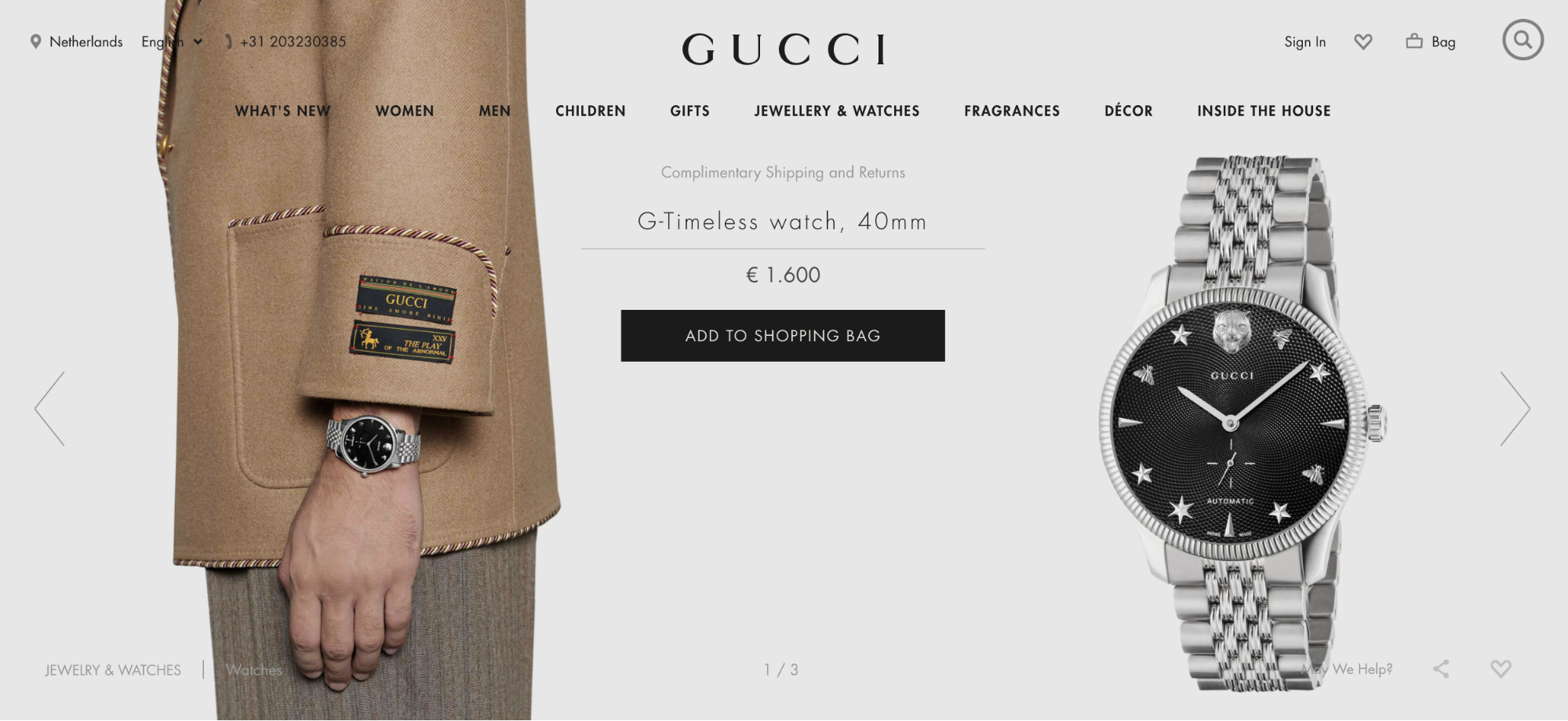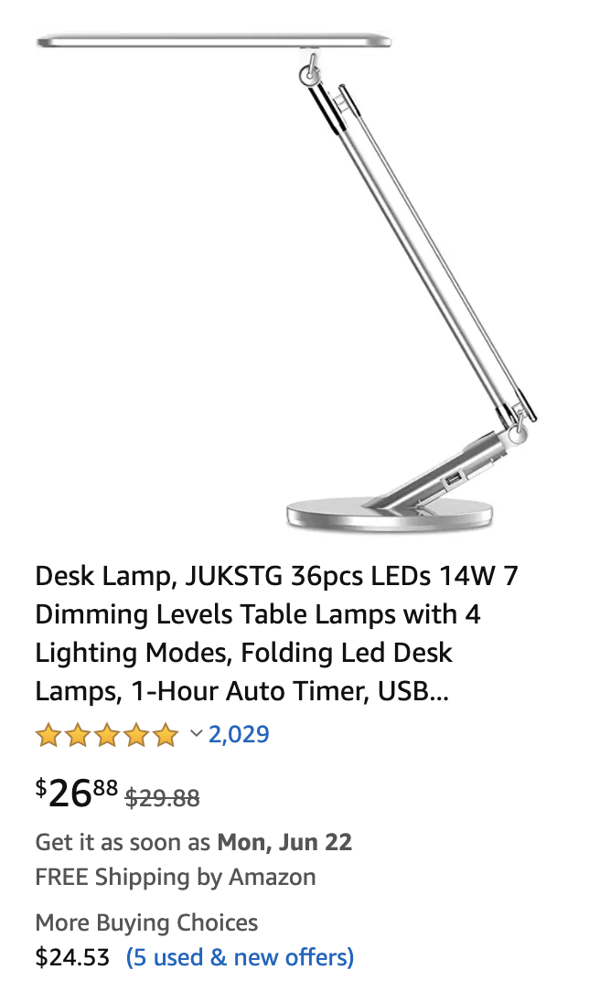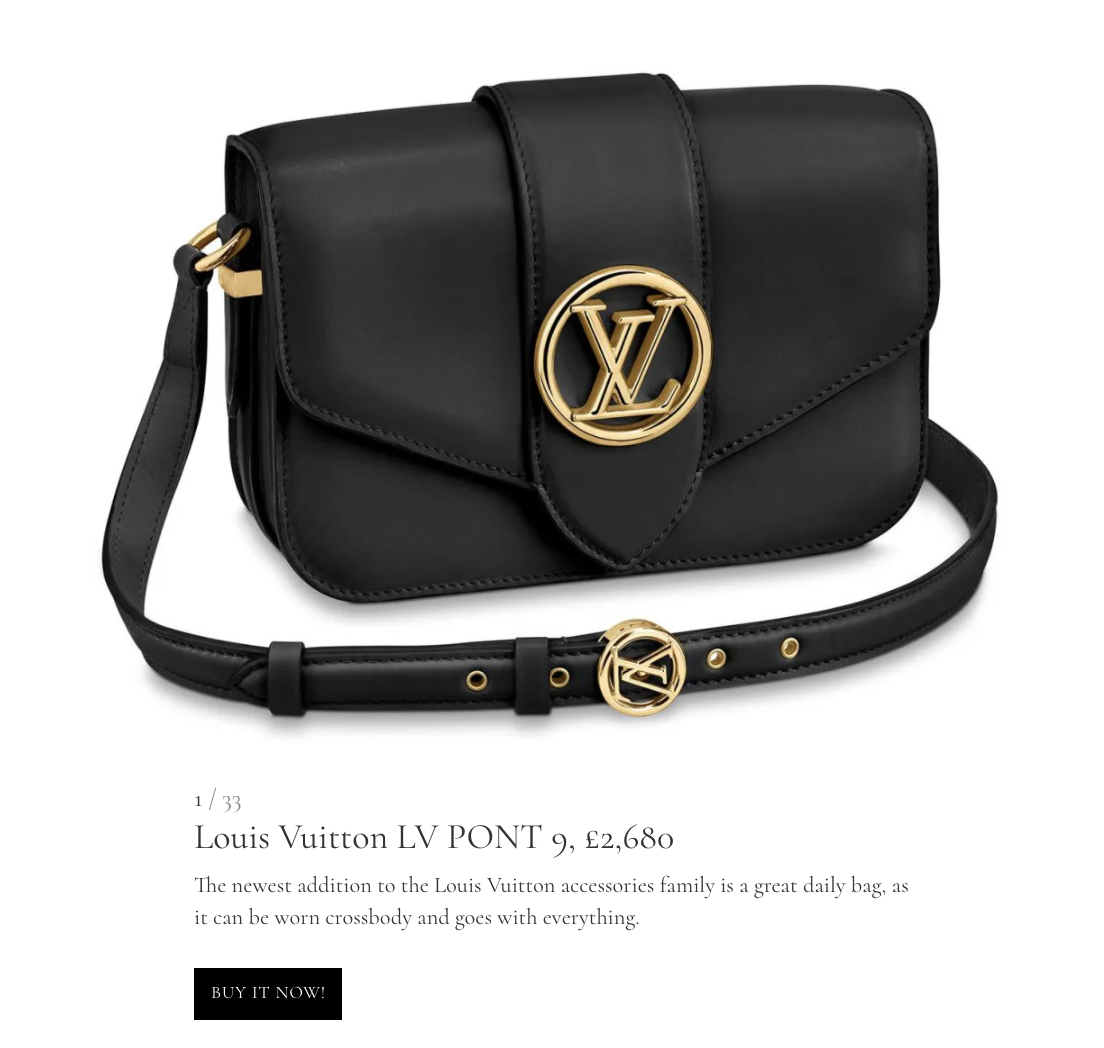As a continuation of our series on different pricing strategies and pricing methods, in this post we'll take a deeper look at Odd Even pricing. This pricing strategy looks at the psychological effect that numbers have on the human brain, then uses that power to shape price perception.
Curious about the other pricing strategies in this pricing series? Scroll to the bottom of the post to find links to other strategy-related posts.
What is Odd-Even Pricing?
Odd-even pricing refers to a pricing method that’s similar to charm pricing. It's a form of psychological pricing that uses underlying human motivations to drive consumers to action. The strategy of odd-even pricing leverages the psychological appeal of the numbers that are displayed in a price. It’s based on how customers perceive value, precision, and quality through subtle numerical cues.
In simple terms, odd-even pricing recognizes that consumers rarely evaluate prices rationally. Instead, they respond to emotional triggers such as perceived discounts or luxury cues. By ending a price with either an odd or even number, businesses can influence how customers interpret affordability, exclusivity, or professionalism.
What is Odd Pricing?
The “odd” in odd pricing refers to the odd number at the end of a price. Odd prices typically use endings like €0.99, €0.95, or €9.97 to signal affordability and precision. This method is rooted in the “left-digit effect,” a cognitive bias where consumers focus more on the first digit of a price than the last. As a result, a product priced at €4.99 is often perceived as significantly cheaper than one priced at €5.00, even though the difference is only one cent.
Odd pricing is commonly used in retail and e-commerce environments, where the goal is to increase conversion rates and stimulate impulse buying. It also gives the impression that the price has been carefully calculated, which can help customers perceive it as fair and data-driven rather than arbitrary.
What is Even Pricing?
Even pricing is the opposite approach. It involves prices ending in an even number or zero, such as €20.00, €50.00, or €1.50. Even pricing conveys simplicity, stability, and confidence. It’s often used by premium or luxury brands that want to emphasize quality over affordability. A price like €200 feels intentional and high-end, while €199.99 might seem overly promotional.
Even pricing is also popular in service-based industries like hospitality, beauty, and consulting, where rounded numbers communicate professionalism and transparency. It makes transactions smoother and helps reinforce trust between the brand and its customers.
Odd vs Even Pricing: Key Differences
| Aspect | Odd Pricing | Even Pricing |
|---|---|---|
| Example | €9.99, €4.95, €19.97 | €10.00, €20.00, €1.50 |
| Psychological Effect | Signals affordability and precision | Signals quality and confidence |
| Common Use | Retail, e-commerce, and promotional sales | Luxury goods, services, and premium branding |
| Consumer Perception | Appears cheaper or better value | Appears higher quality and trustworthy |
| Goal | Increase conversions and drive volume | Build brand image and reinforce value |
Choosing the Right Strategy
Whether you choose odd or even pricing depends on your brand positioning, target audience, and business objectives. Odd pricing works best when your goal is to attract price-sensitive shoppers and increase conversions, while even pricing suits brands that focus on trust, exclusivity, and premium perception.
Modern dynamic pricing software like Omnia Retail enables businesses to test both approaches using real-time data. By analyzing how customers respond to different price endings, brands can identify which strategy drives the highest profitability while maintaining consistency with their marketing and brand identity.
Odd even pricing examples
You don’t need to look far to find great examples of odd number pricing. But some of the best are found in late-night infomercials.
The charm of these commercials is in their delivery of course, and the packaging and bundling is expert. But one of the (many) elements that make these commercials so effective is the use of odd pricing. The pricing scheme is presented along with strategic bundling and classic scarcity tactics to create an incredibly convincing reason to call now and order these products.
Even pricing examples are nowhere near as prevalent as odd prices. And that notion is confirmed by some odd-even pricing statistics. When you look at odd even pricing statistics, it’s easy to see that even pricing has long been overshadowed by odd pricing.
According to a 1997 study, the most common ending numbers for a price were 9 and 5. These two numbers accounted for a whopping 90% of the prices they analyzed. Just the 9-ending alone dominated 60% of the data set! It’s no wonder that even prices feel underutilized — they are rare to find!

Psychological pricing advantages and disadvantages
Does odd even pricing work?
The answer is a resounding yes. The effects of odd even pricing more psychological than tangible. Even though there’s no real difference between €19.99 and €20.00, the two prices feel very different. However, psychological pricing does have its advantages and disadvantages.
The biggest pro of odd even pricing is the amount of control it gives you over your brand and price perception. When you understand how different numbers “feel” to consumers, you’ll be able to build a better marketing mix (which includes pricing) that is strategic. You can use the power that these deeply-held feelings have to subtly influence the way people look at your products.
However, this power behind psychological prices is also the biggest con for odd even pricing. The feelings that different numbers give consumers are deeply-rooted; it will be hard for any company to break these molds. If you don’t understand how an odd even pricing strategy works, you may accidentally harm your brand.
Talk to one of our consultants to find out how odd-even pricing works for your business.

How to build an odd even pricing strategy
So we’ve covered the basics of odd even pricing and the pros and cons of each method, but how do you actually use odd and even prices to your advantage? Here are some starting ideas.
Use even prices, but give odd discounts
If you want your offer to feel like a discount, a great strategy is to present the product at an even price, then offer an odd-priced discount. An example of this may be discounting a €16 shirt down to €14.99. You can also mix this with a high runner strategy to optimize for the most popular products on the market.
Create memorable prices
Consumers are used to prices that end in 9’s and 5’s, so much so that these prices have lost their “sticking” power.
If you want your price to stand out, try advertising it at a less-frequently used odd price. For example, instead of pricing a lamp at €25.99, try selling it at €23.99. This number will leap off the page to shoppers and you’ll be able to capture their attention.
Want to take it a step further? Try advertising at an even price that really stands out. When you make your price seem precise, consumers believe they are getting the most up-to-date price on the market.

Luxury brands and odd even pricing
If you’re a luxury retailer, you may want to consider using even prices rather than odd prices, especially on new items that gain a lot of attention and boost your brand perception.
Since odd prices are so popular, consumers often equate these psychological numbers with sales. Because of this, many luxury retailers eschew odd prices and choose to go with more "whole" even prices.

So, to conclude, what are the best numbers to use for pricing?
When choosing between even ended pricing versus odd ended pricing, the answer is disappointingly simple: it depends on your commercial objective and goals. Odd-even pricing is considered to be a rather effective approach to pricing, but you will only reap the benefits of this strategy if you align it to your commercial ambitions.
If you want to be seen as a luxury retailer, chances are you will want to use even prices. These rounded numbers give a sense of “wholeness” to the price.
However, for most retailers an odd pricing strategy makes the most sense. Consumers are so used to odd numbers that even numbers may feel too expensive, depending on your category.
In the end, do some research on your competitors to see what they do, then decide if their pricing aligns with your goals.
Curious to learn about other pricing strategies or interested in our Amazon guide series? Check out some of our other articles below:
- What is Dynamic Pricing?: The ultimate guide to dynamic pricing.
- What our the best pricing strategies?: Read about 17 pricing strategies for you as a retailer or brand.
- What is Value Based Pricing?: A full overview of how price and consumer perception work together.
- What is Charm Pricing?: A short introduction to a fun pricing method.
- What is Penetration Pricing?: A guide on how to get noticed when first entering a new market.
- What is Bundle Pricing?: Learn more about the benefits of a bundle pricing strategy.
- What is Cost Plus Pricing?: In this article, we’ll cover cost-plus pricing and show you when it makes sense to use this strategy.
- What is Price Skimming?: Learn how price skimming can help you facilitate a higher return on early investments.
- What is Map Pricing?: Find out why MAP pricing is so important to many retailers




.png?height=766&name=Untitled%20design%20(21).png)